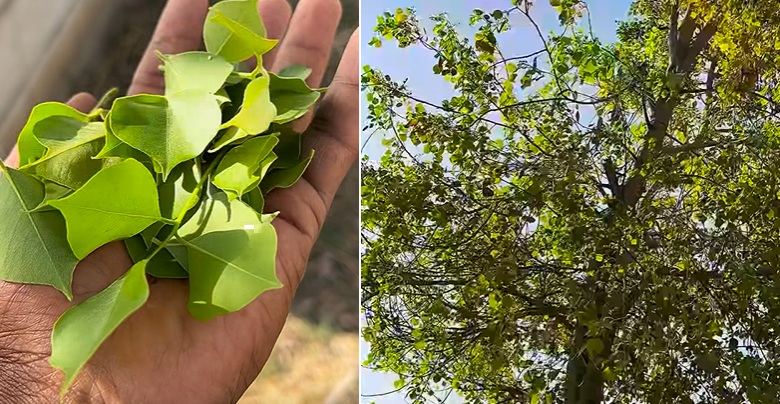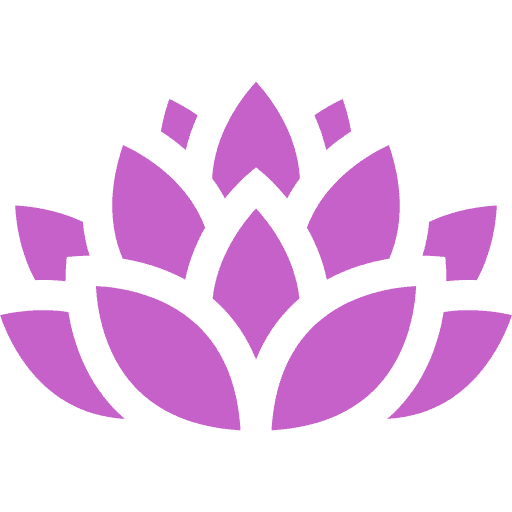Indian Rosewood (scientific name: Dalbergia sissoo) — also known as Sheeshau in India and Nepal — is a very special tree, not just for its beautiful, durable wood, but also for its traditional medicinal benefits.
🌿 Traditional and Natural Healing Benefits:
- Impotence, weakness, infertility: Grind it on a grinding stone, mix its juice with water, and drink it.
- Anti-inflammatory properties
- Parts of the tree (especially the bark and leaves) have traditionally been used to reduce inflammation in the body, helpful for joint pain, arthritis, and swelling.
- Pain relief (Analgesic effect)
- Dalbergia sissoo has natural pain-relieving properties. It has been used in Ayurveda to ease conditions like headaches, body aches, and minor injuries.
- Antibacterial and Antimicrobial
- Extracts from the leaves and bark show strong antibacterial effects, helping in treating wounds, skin infections, and preventing microbial growth.
- Bone health support
- Some studies suggest that Indian rosewood extract may help improve bone density, making it beneficial for people at risk of osteoporosis.
- Blood sugar regulation
- Traditional use includes helping manage diabetes — the bark and leaf extracts are believed to support better blood sugar control.
- Liver protection
- Indian rosewood is known to have hepatoprotective properties, meaning it can help protect the liver from toxins and support its healthy functioning.
- Respiratory health
- The tree has been used in Ayurvedic medicine to relieve respiratory problems like asthma, coughs, and bronchitis by clearing the airways.
- Antioxidant properties
- It contains natural antioxidants that help in neutralizing free radicals, protecting cells from damage and aging.
- Cooling effect in traditional medicine
- In Ayurveda, Sheesham is sometimes used for its cooling and calming effect on the body, helpful in cases of fever or excessive heat.
🌳 Parts used in healing:
- Bark
- Leaves
- Seeds
- Sometimes oil extracted from the wood
⚠️ A small note of caution:
- While Dalbergia sissoo has many health benefits, proper dosage and preparation are important. Raw extracts can be strong, and misuse may cause allergic reactions or other issues.
- It’s always wise to use it under the guidance of a trained herbalist, Ayurvedic doctor, or naturopath.
🌿 How to Use Indian Rosewood
1. As a Herbal Decoction (Kadha)
- Preparation:
- Take small pieces of cleaned bark or a few leaves.
- Boil them in water (about 1–2 cups) until it reduces by half.
- Strain and drink warm.
- Purpose:
- Good for joint pain, inflammation, mild fevers, or coughs.
- Dosage:
- 1/2 to 1 cup once or twice a day, as recommended by an Ayurvedic practitioner.
2. Topical Use (for Skin and Wounds)
- Preparation:
- Make a paste of the bark powder with clean water or aloe vera gel.
- Purpose:
- Apply it gently on wounds, skin infections, or inflamed joints.
- Note:
- Always do a patch test first to check for sensitivity.
3. Leaf Juice or Poultice
- Preparation:
- Crush fresh leaves to extract juice or make a paste.
- Purpose:
- Apply to the chest for cough, or on swollen joints.
4. As a Supplement (Capsule or Powder Form)
- Some Ayurvedic companies prepare Sheesham bark powder or capsules.
- Purpose:
- Used for bone strength, blood sugar management, and liver support.
- Dosage:
- Only as per professional recommendation — typically small doses to start (like 250–500 mg/day).
🕰️ When to Use Indian Rosewood:
| Condition | How to Use | Best Time |
|---|---|---|
| Joint pain, swelling | Bark decoction, paste | Morning and/or evening |
| Cough, bronchitis | Leaf decoction, inhalation of steam | Morning |
| Mild fever | Bark decoction | Afternoon or early evening |
| Blood sugar balance | Small internal doses | Before meals (under guidance) |
| Liver detox or health | Herbal decoction, capsules | Early morning empty stomach (only if recommended) |
| Skin issues (wounds, infections) | Topical paste | As needed, once or twice daily |


